Mandarine - 1995
The first graduating class of the Espera Center in 1993 presented Urbi, a small electric car designed for limited city use. Two years later, the concept of the city car had evolved among Sbarro's students. No more electric. The Mandarine was presented at the 1995 Geneva Motor Show, the same year as a serious competitor, the Smart.
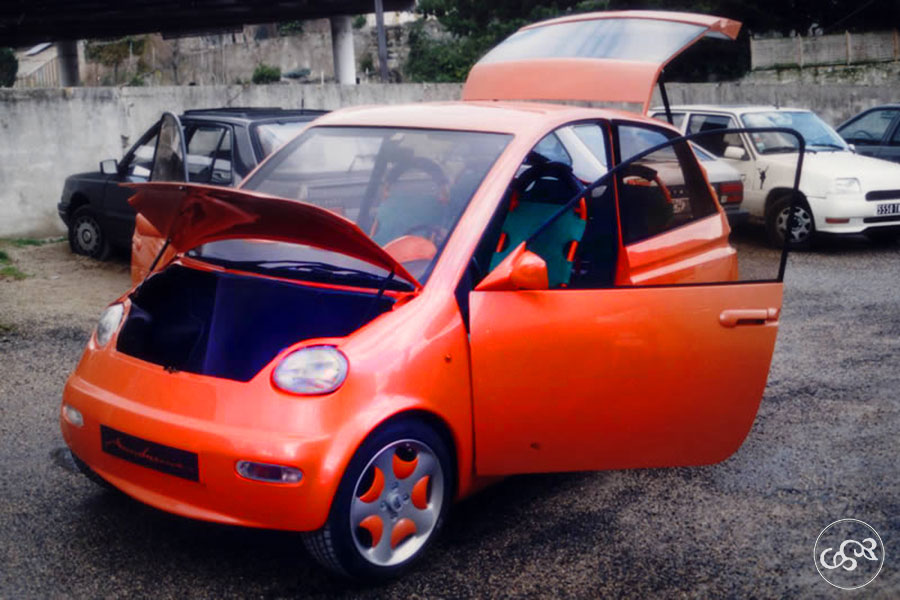
New Mini?
Mandarine has to meet a tough
set of specifications: small footprint, lots of interior
space, lightweight and economical. You'd think we were talking
about Issigonis' Mini. Quite a challenge, but one that has
been brilliantly met.
First of all, the size: 3.10
m. That's somewhere between a Smart and a Twingo. What's more
surprising is that the Mandarine can seat up to six people
(who must be a little cramped). The seats are canvas (as on a
Citroën 2cv), with the advantage of being lightweight and
removable for washing, as well as facilitating access on
board. The front seat can not only tilt, but also slide
towards the center of the car, for easier access to the rear.
With the rear seats folded down, the Mandarine offers ample
cargo space for the size of the car.
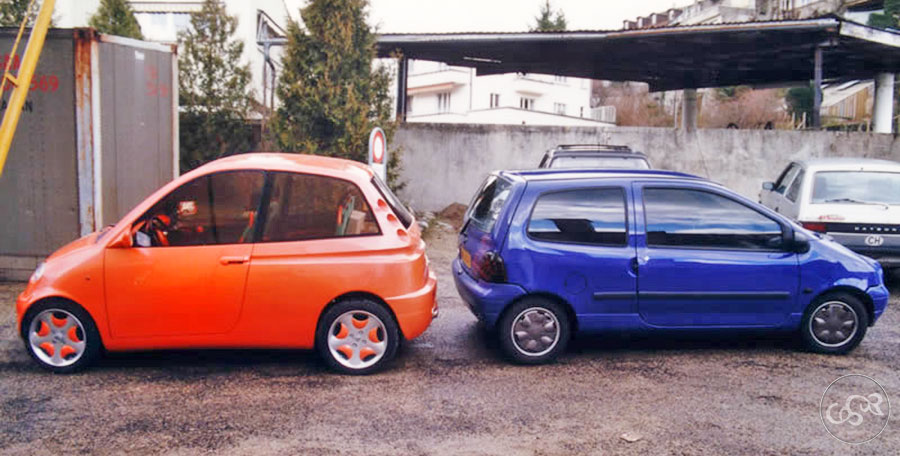
Dual Frame
As with previous Espace Sbarro
prototypes, the Mandarine is designed around the Dual Frame
chassis (see article in the Technical section). In a nutshell,
this is a two-part structure - body and chassis - linked by
pneumatic spheres. The result is improved roadholding and
greater lightness. This is confirmed by the fact that the
Mandarine weighs just 625 kg. The bodywork is, as usual at
Sbarro, in polyester.
The engine is of Subaru origin, with flat cylinders, which saves space compared with conventional engines. I didn't find out how powerful this engine is, but its 1200 cm3 displacement suggests that it will deliver decent performance even outside the city.
The engine is of Subaru origin, with flat cylinders, which saves space compared with conventional engines. I didn't find out how powerful this engine is, but its 1200 cm3 displacement suggests that it will deliver decent performance even outside the city.
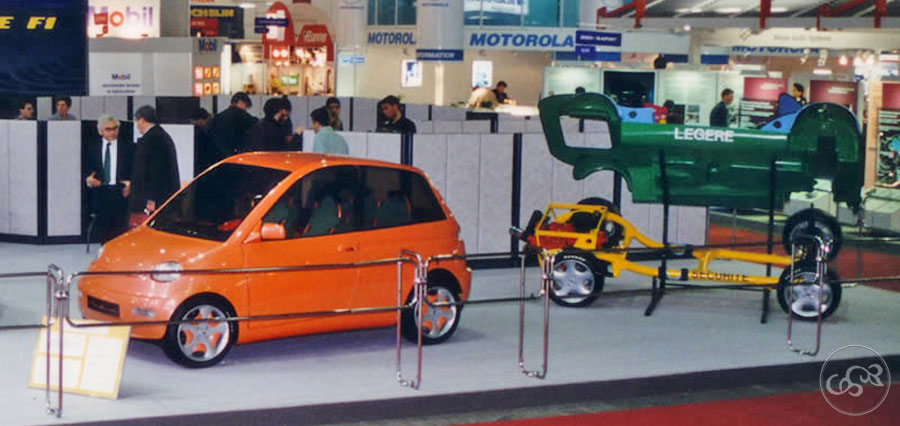
Life in color
Like the 1993 Urbi, yellow with purple accents, the bodywork of the Mandarine is, as its name suggests, orange. This color is repeated inside, with bluish seats. The possibility of changing the fabrics also makes it possible to change the color.The Mandarine is a nice car. Not at all aggressive, rounded, colorful, innovative, small and welcoming, it perfectly meets the expectations of a city car, even thirty years later. With the exception of its engine, which would be electric if presented today.
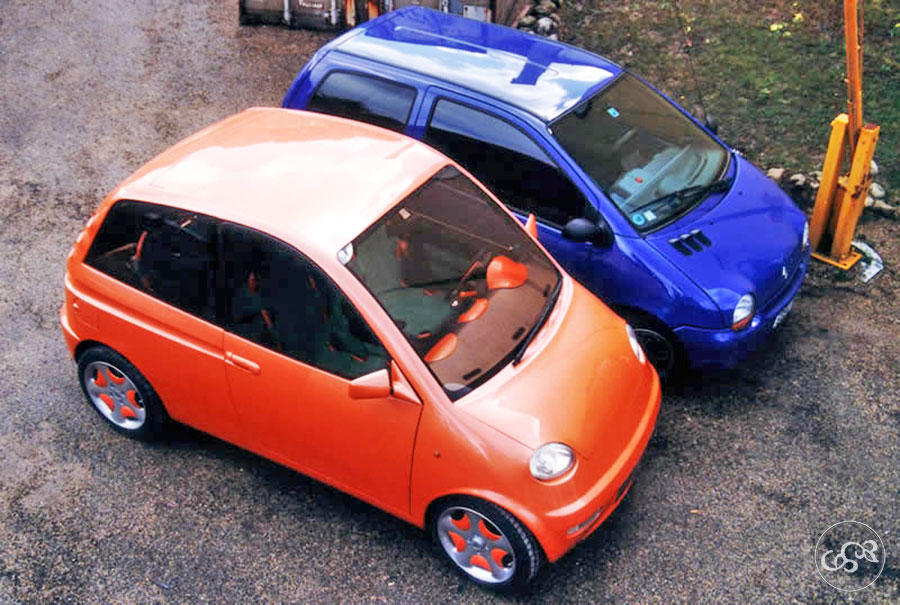
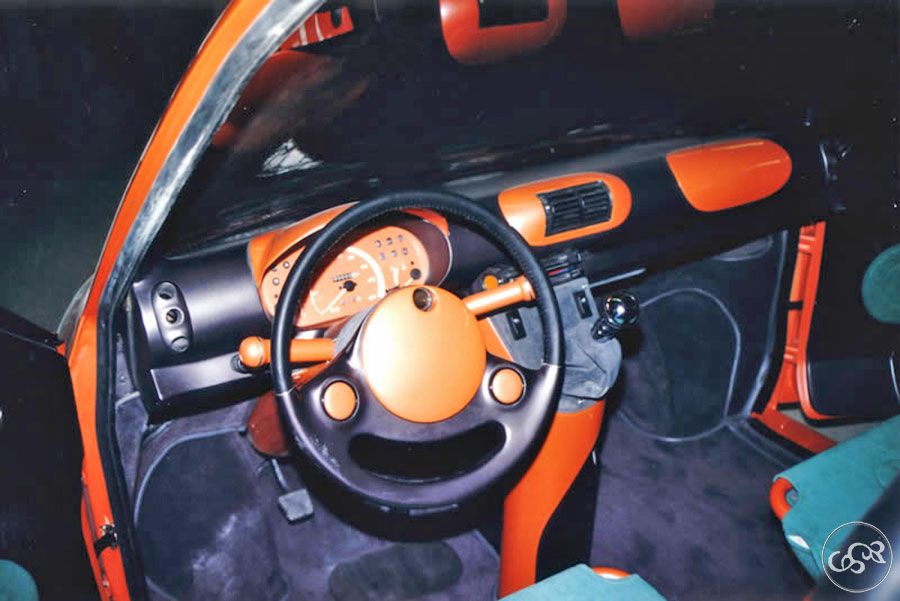
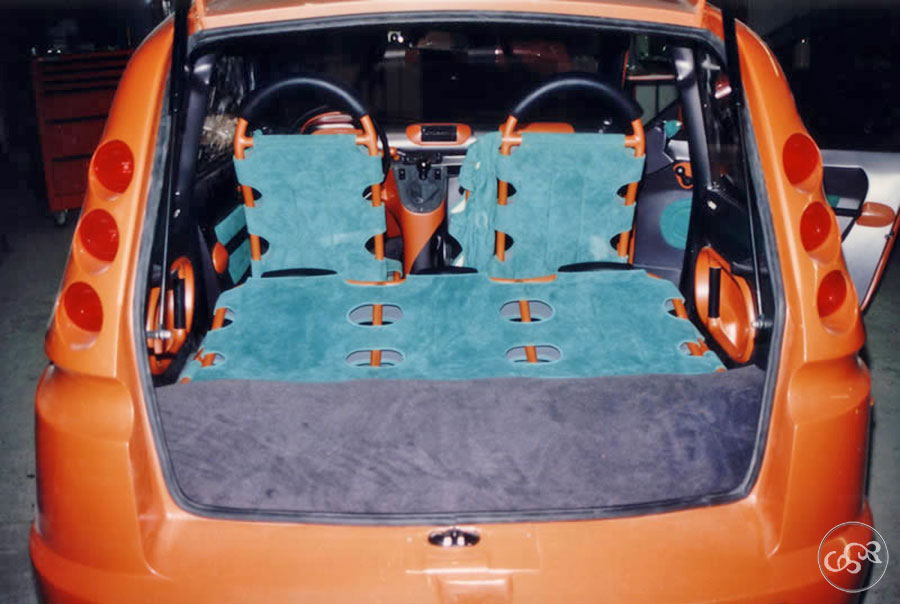
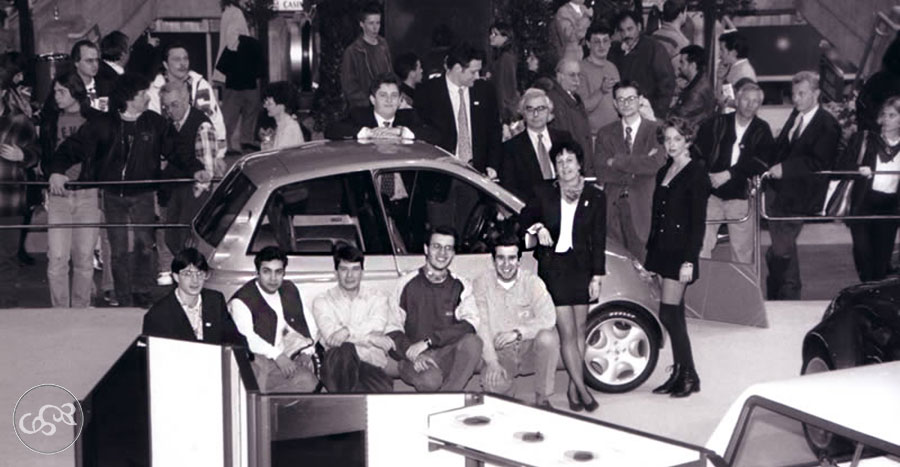
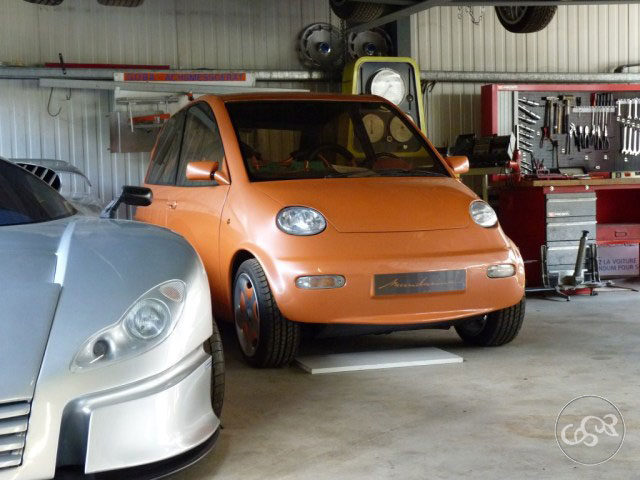
In brief
1- Urban car project
2- Dual Frame chassis
3- Light, economical